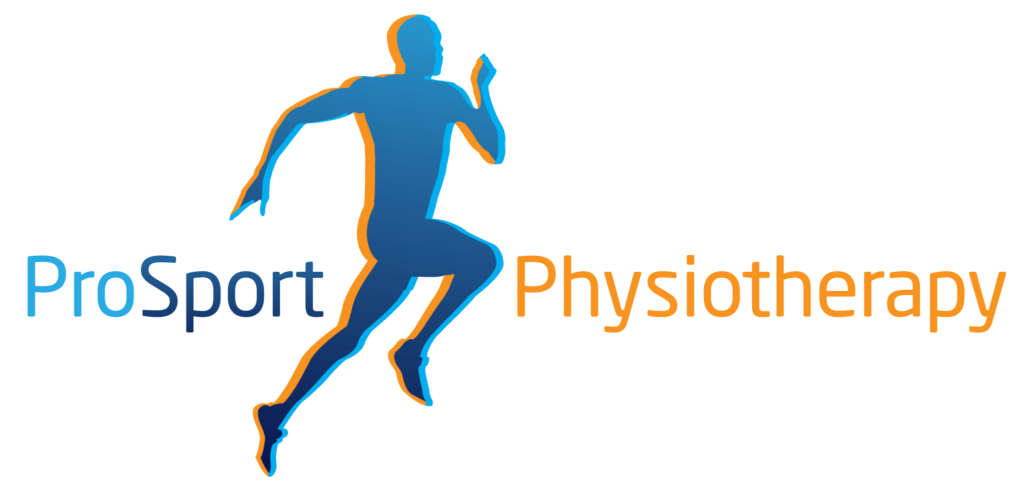Do you feel held back when it comes to running?
You want to run faster for longer but feel like your body is the only thing holding you back….
You may have already searched the web for the next best exercise that will increase strength and stamina. But the secret is behind the efficiency of the way your body moves.
Step One: Interval training
Interval training is a method of training that allows your body to work at higher levels of intensity for shorter periods of time followed by a rest or active rest period.
The body is not normally designed for withstanding high levels of intensity for long periods.
Not many people out there can run a marathon at a sprint pace.
So interval training allows the body to meet higher levels for shorter periods to prepare the body for performing higher intensities.
The benefit behind interval training is that you can do it anywhere and you can also adapt it to suit yourself.
You could sprint for 20 seconds followed by jog for 1 minute or sprint for 30 seconds followed by a steady walk for a minute and a half, the choice is yours. This may alter depending on what goals you want to achieve.
The more you do the more the body will adapt to the demand of the exercise, The quicker the body will recover which means you can have less rest time and increase the amount of time you perform higher intensities at. This will in the long run enable you to maximise your running potential.
Step two: Have an appropriate plan/target in place
We’ve all been there at the start of the new year and we have set ourselves high expectations of being able to hit new fitness goals, whether it is weight loss, muscle gain, or being able to run a certain distance.
Sometimes we can be a tad too optimistic when setting these goals and they slowly become more and more unrealistic. It can be a bitter pill to swallow having to give up on this goal you have set yourself but it can also throw you off making any progress at all.
To see improvements in your running performance it is important firstly to note that progress needs to be made in small steps. This is what will keep you on track in the long run. The end goal needs to be realistic for you! Not for your running partner!
Set a goal you can achieve so you can continue to make progress and also maintain this progress.
Ask yourself:
- Is it specific to you?
- How are you going to track your progress?
- Are you able to continue this consistently?
- Do you believe you can achieve the goal you have set?
- Can you do this in the time you have set?
Step three: Improve form and efficiency of movement
You may already be aware that at Prosport Physiotherapy we emphasise the importance of being able to run efficiently. If you’re not putting enough load into one part of the body another area will pick up the slack. This is your body’s natural response and it is completely normal.
You could’ve experienced an ankle injury before in the past and now you might be struggling with pain in the knee or the hip or the back.
This is a very common presentation and this is why it is so important to ensure that we have a good understanding of your previous injuries.
The truth is, if you aren’t running efficiently it doesn’t really matter how much interval training or what equipment you have.
The last thing anyone wants in the run up to a big event is to get injured, or to get injured as a result of running a big event.
Running without any muscular imbalances will ensure that you are at your best ability. Everything should do its job rather than other areas picking up the slack.
It is common for people not to experience any pain as a result of muscles overworking, however they are more susceptible to injury in the future.
It is important to also make sure that your body is able to maintain efficiency whilst at high intensity for long periods of time.
If you are interested in booking one of our running assessments to identify key areas that require strengthening please call us on 01484 443173 or email wecare@prosportphysio.com
